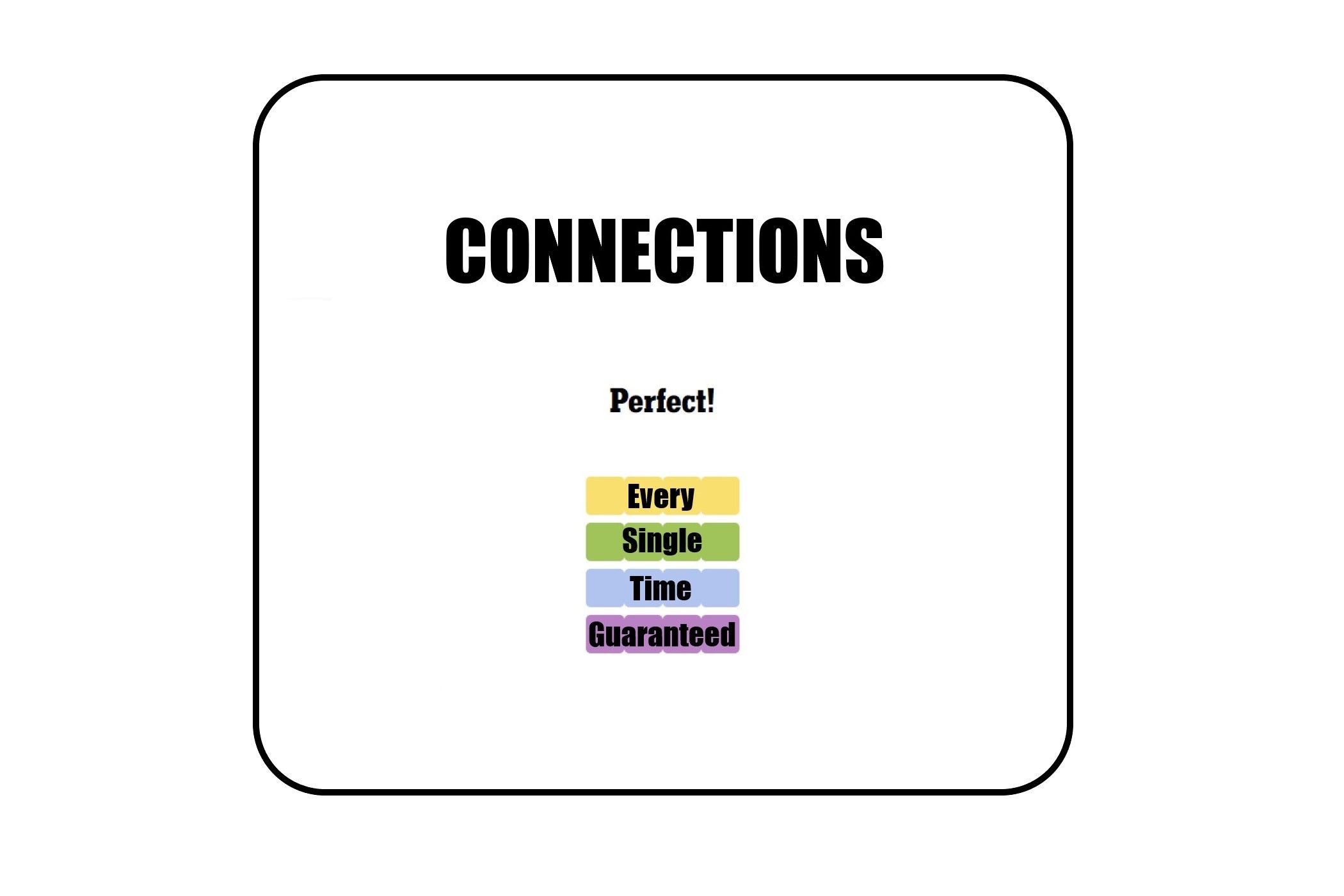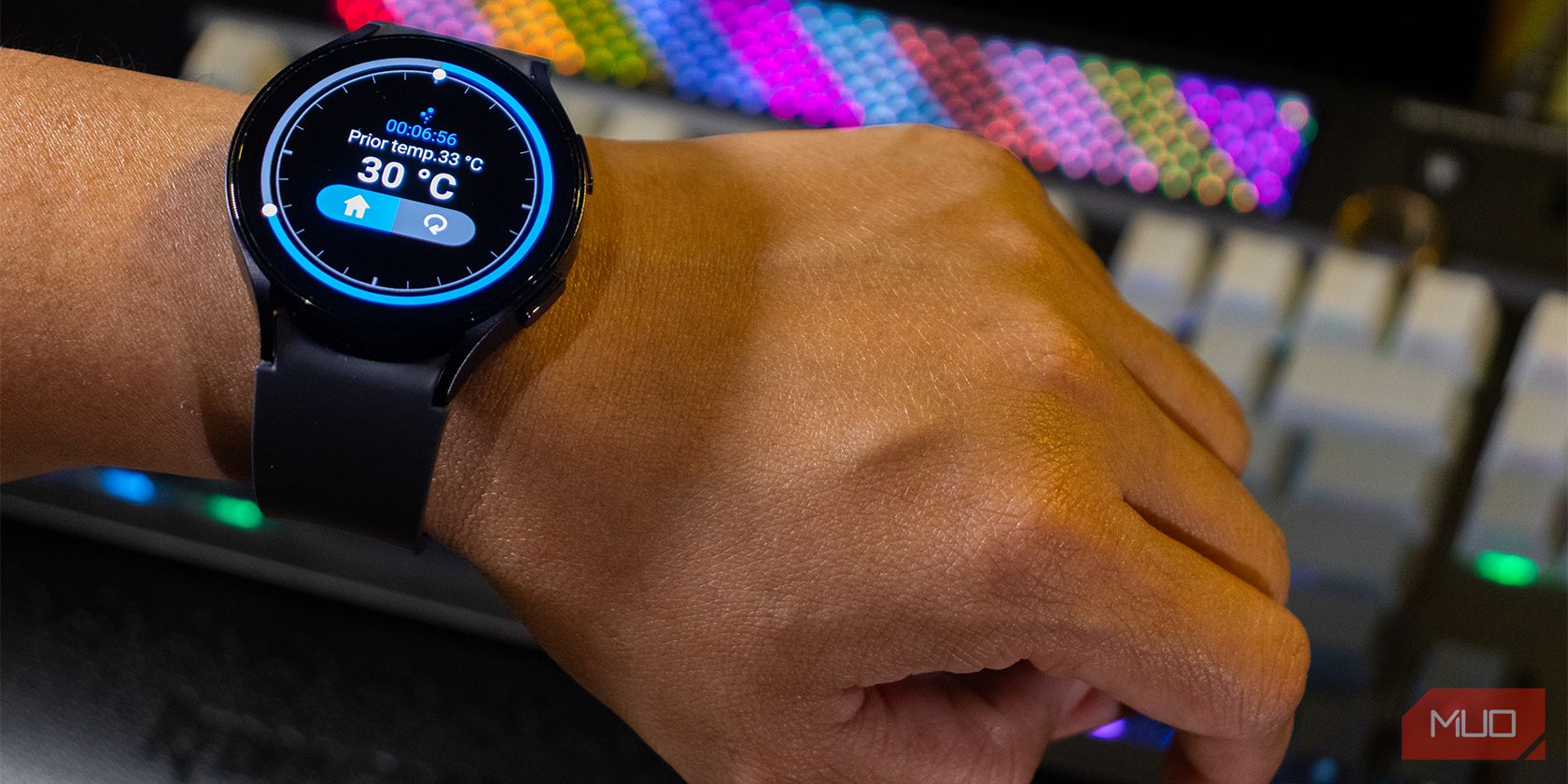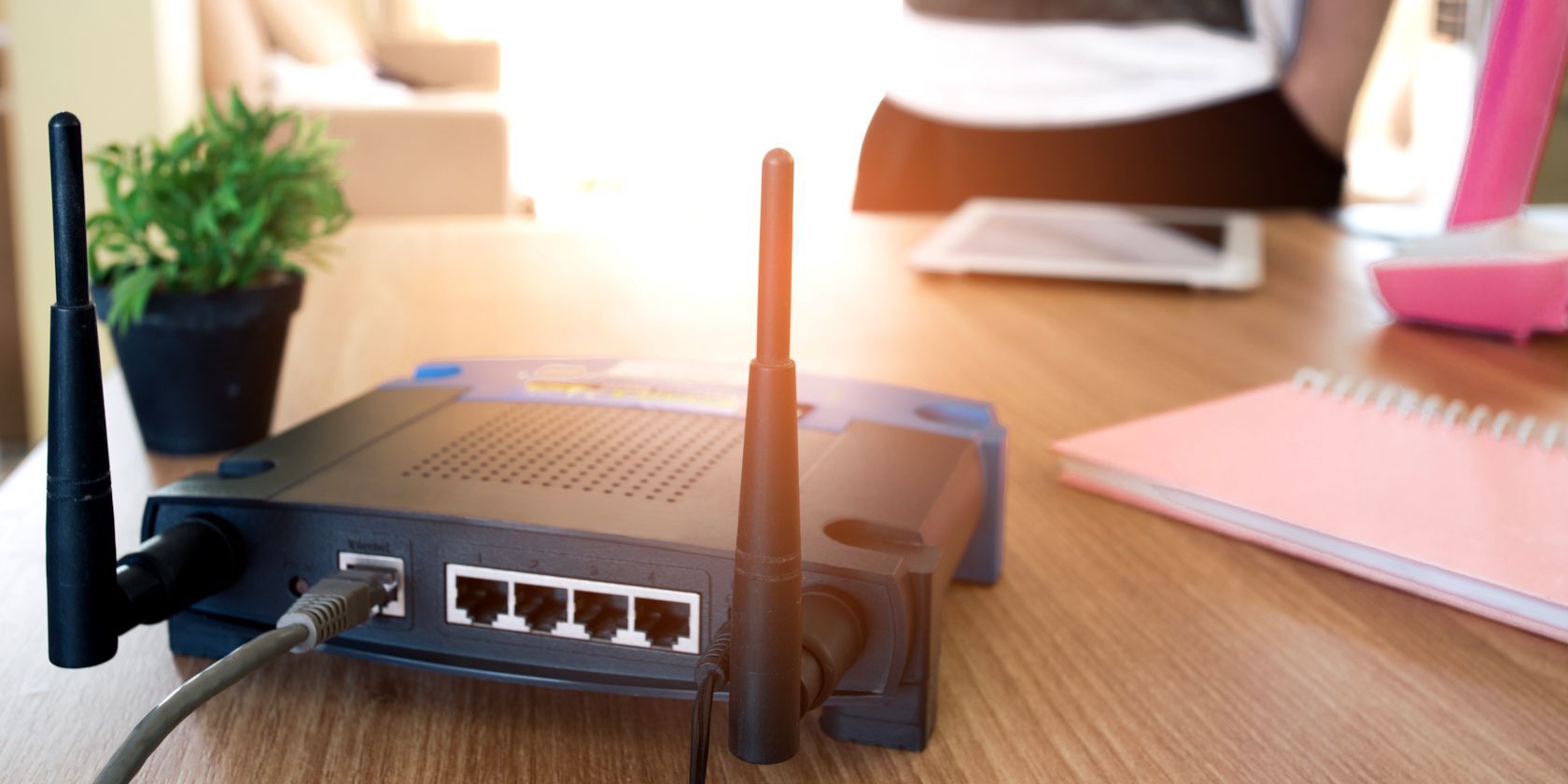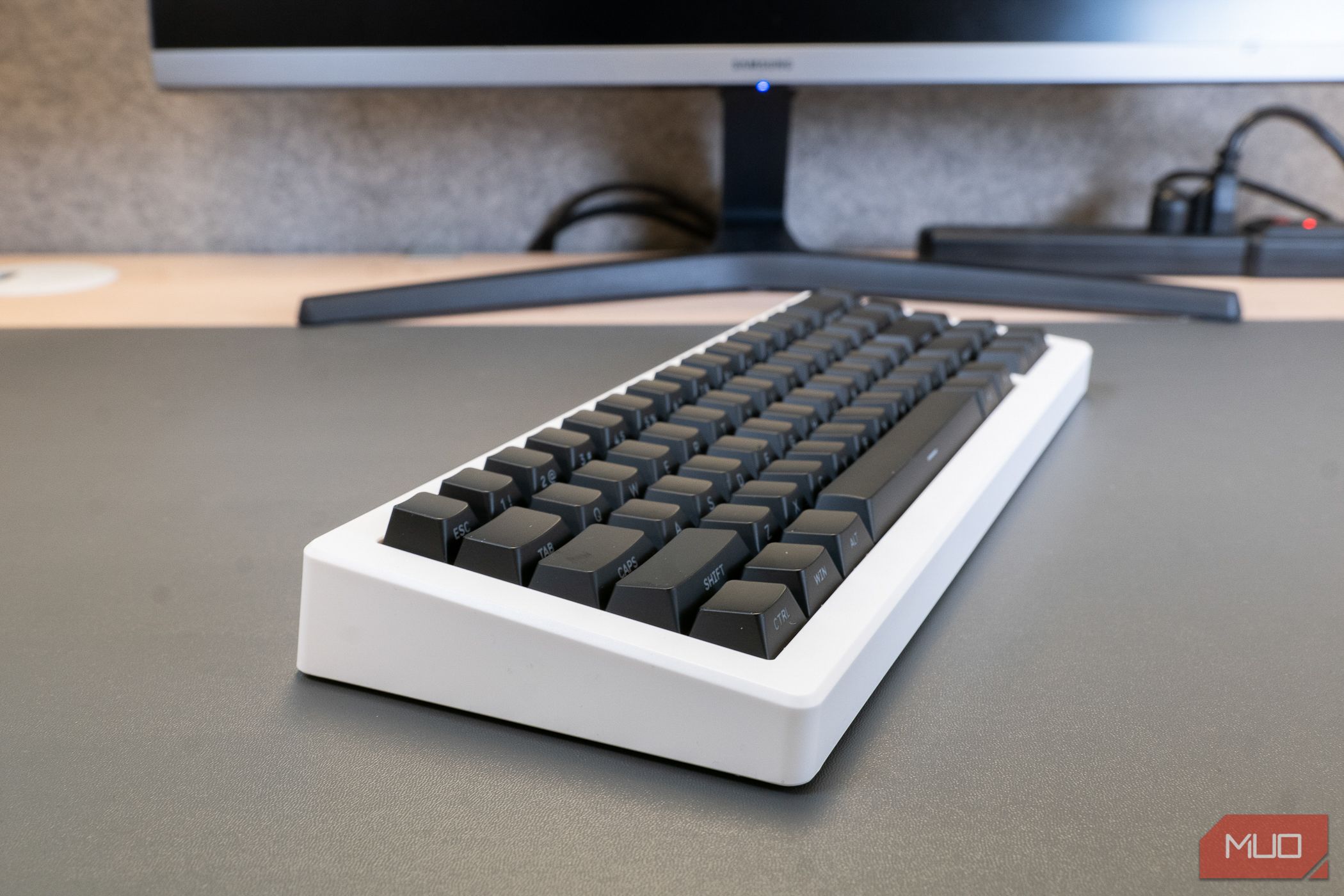Reflow Profiling Optimize Soldering in Pcb Assembly Us
Reflow profiling optimizes soldering by determining the proper time duration and temperature a PCB assembly (PCBA) should endure throughout the reflow cycle1. Reflow is the process of heating an assembled printed circuit board to welt the surfaces and melt the solder paste.
The process involves a complex interplay of thermal and mechanical factors that determine the quality of the resulting solder joints. The reflow profile controls these factors to achieve a high-quality solder joint that is strong, reliable and long-lasting. The reflow process must be carefully controlled to avoid drastic changes in temperature that can cause cold solder joints, charred boards, and tombstoning. The reflow process is one of the most critical processes impacting product quality in pcb assembly us.
During the reflow process, the solder paste is heated to melting and liquefying points. This enables the tiny solder particles to bond with the copper surface of the PCB, forming electrical connections between components and a durable and solid solder joint. Incorrect reflow profiles will result in poor solder joints, which can lead to poor performance or even failure of the final product. The reflow profile must be adapted for the specific design of the PCB and its component density. For example, high-density PCBs with heavy ground planes and larger thermal masses require a more conservative reflow profile than smaller, lighter PCBs.

How Does Reflow Profiling Optimize Soldering in Pcb Assembly Us?
The reflow profile must also take into account the thermal mass of the PCB and its components. A PCB with heavier thermal masses needs a longer soak period than a PCB that is lighter in thermal mass. The reflow profile should also consider any heat sensitive components and their temperature restrictions.
A good profile will have a preheating zone that slowly ramps up the temperature of the PCB. The ramp rate should be based on the assembly’s thermal properties and the type of solder paste being used. Too rapid a ramp will result in thermal shock, while too slow a ramp may result in solder paste drying. The reflow zone must be hot enough to allow the solder to flow and bond with the copper surface, but not so hot that it causes warping of the PCB or other damage to the components.
Finally, the reflow zone should have a spike phase that rapidly increases the temperature of the assembly to its peak temperature and then quickly cools down. The spike phase ensures that the solder reaches its melting point and bonds with the copper surface to form an effective solder joint. The profile should be tailored to the specific chemistry of the solder paste to minimize defects such as bridging and voids.
A common temperature profile for reflow is the Ramp-Soak-Spike (RSS) profile. The profile ramps up during the preheating zone, then decreases for a brief soak in the soaking zone, before quickly increasing to its peak temperature in the reflow zone. The RSS profile eliminates the need for a long soak and reduces the risk of thermal soak, which can lead to problems such as bridging and tombstoning.




